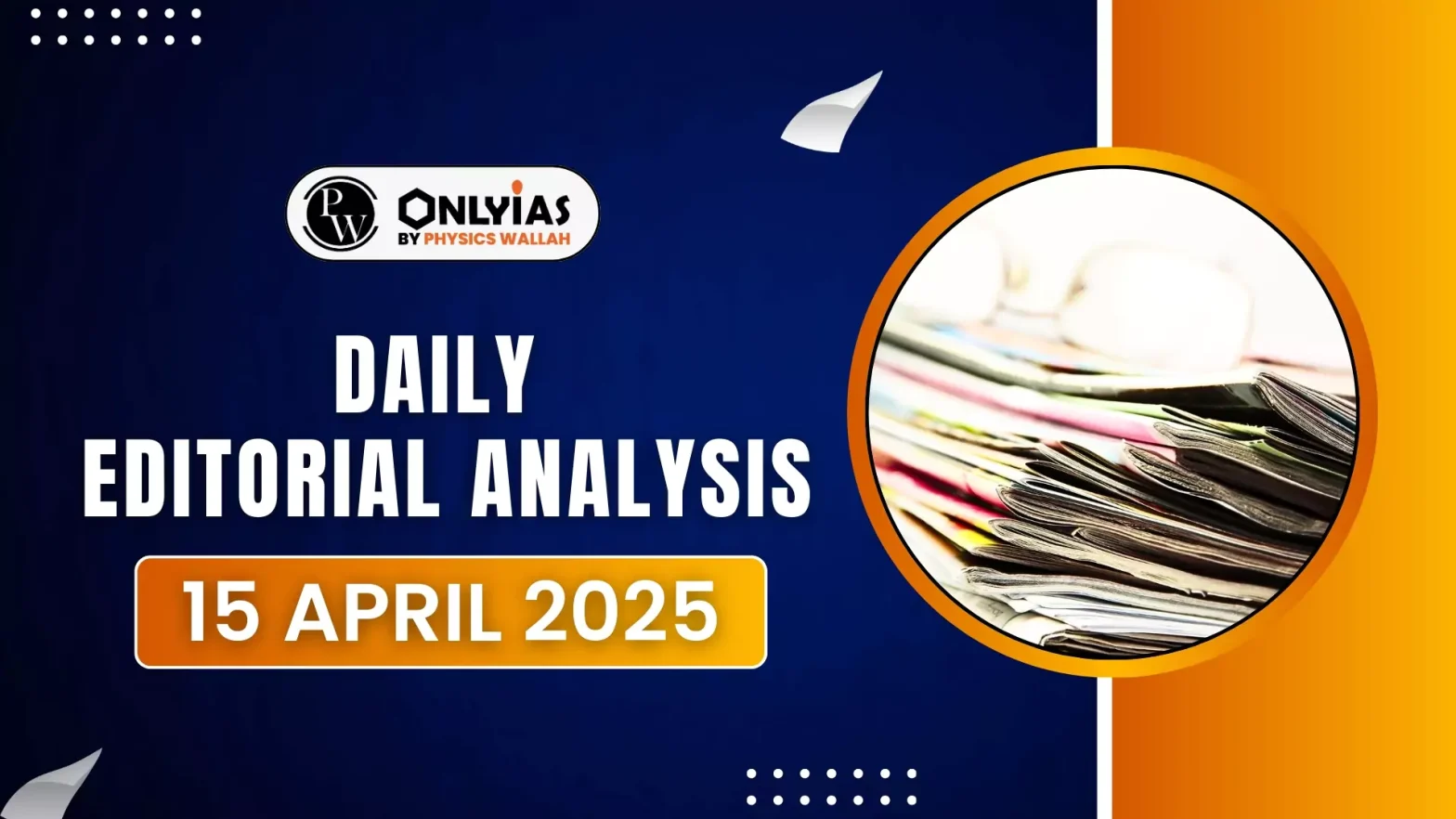The RTI Act, a cornerstone of transparency in governance, is facing dilution through an amendment in the DPDP Act, 2023.
Right to Information (RTI) Act
- About: A landmark piece of legislation that has significantly enhanced the accountability of those in governance in India.
- Transparency and Disclosure: The Act mandates government bodies to disclose information unless it falls under exemptions like national security or personal privacy.
- Recent Trends: In recent years, attempts to dilute the provisions of the RTI Act have emerged, often driven by those in governance who find transparency to be an encumbrance to their functioning.
- Significant Threat: The amendment to Section 8(1)(j) under Section 44(3) of the Digital Personal Data Protection (DPDP) Act, 2023 has raised concerns.
Section 8(1)(j) of the RTI Act and Public Interest
- Current Provision: Section 8(1)(j) allows government bodies to withhold personal information unless it pertains to public interest and the disclosure does not result in an unnecessary invasion of privacy.
- Public Interest Safeguard: Even if information is private, it can be disclosed if it is deemed to serve public interest.
- Example: A bureaucrat’s fake caste certificate — private information could be released if it serves public interest.
Impact of Section 44(3) of the DPDP Act, 2023
- Amendment’s Impact: Section 44(3) introduces changes to Section 8(1)(j) by allowing government bodies to withhold “personal information” without the safeguard of public interest.
- Concerns: This amendment removes the public interest exception and gives broad powers to government bodies to withhold information.
- Privacy vs. Accountability: The amendment raises concerns over the balance between privacy and the need for transparency and accountability in governance.
- K.S. Puttaswamy (2017) Judgment: The DPDP Act (2023) stems from the K.S. Puttaswamy case (2017), which recognized privacy as a fundamental right under Article 21 of the Indian Constitution.
- Conflicting Priorities: While privacy is critical, the need for governance transparency cannot be overlooked, especially in matters that concern public interest.
Issues with the Amendment
- Purpose: The amendment is aimed at preventing misuse of the RTI Act and harmonising the right to privacy with the right to information.
- Clarification on Public Officials’ Information: Minister Vaishnaw asserted that certain information, such as salaries of public officials, will still remain accessible under Section 3 of the Digital Personal Data Protection (DPDP) Act.
- Vagueness: The definition of “personal information” under Section 44(3) of the DPDP Act is considered vague, which could allow authorities to deny RTI requests for previously public data by classifying it as “personal”.
- Impact: This could lead to the dilution of public scrutiny and reduce the transparency that the RTI Act was designed to ensure.
- Privacy: The RTI Act already balances concerns related to the right to information and privacy by evaluating public interest in each case.
- Amendment Unnecessary: The amendment to the RTI Act through the DPDP Act is seen as unnecessary and unwarranted, as the RTI Act already provides safeguards.
- Civil Society Concerns: Transparency activists and civil society groups have expressed concerns about the impact of the amendment.
Conclusion
The defense of the amendment by the Union Minister contrasts with the concerns raised about its potential to undermine public scrutiny and transparency. The current system under the RTI Act, which integrates both privacy and public interest, is argued to be sufficient, making further amendments unnecessary.
![]() 15 Apr 2025
15 Apr 2025

